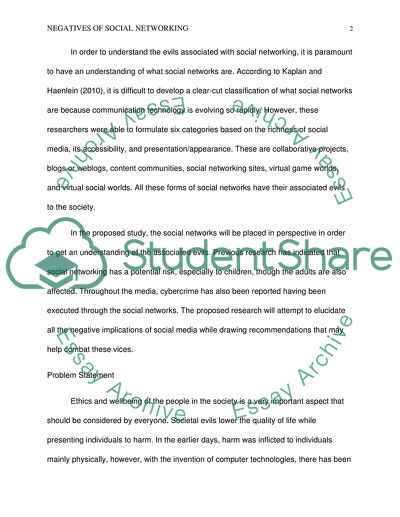Cite this document
(“A Proposal on the Negative Implications of Social Networking in the Research Paper”, n.d.)
A Proposal on the Negative Implications of Social Networking in the Research Paper. Retrieved from https://studentshare.org/social-science/1646209-social-network
A Proposal on the Negative Implications of Social Networking in the Research Paper. Retrieved from https://studentshare.org/social-science/1646209-social-network
(A Proposal on the Negative Implications of Social Networking in the Research Paper)
A Proposal on the Negative Implications of Social Networking in the Research Paper. https://studentshare.org/social-science/1646209-social-network.
A Proposal on the Negative Implications of Social Networking in the Research Paper. https://studentshare.org/social-science/1646209-social-network.
“A Proposal on the Negative Implications of Social Networking in the Research Paper”, n.d. https://studentshare.org/social-science/1646209-social-network.


